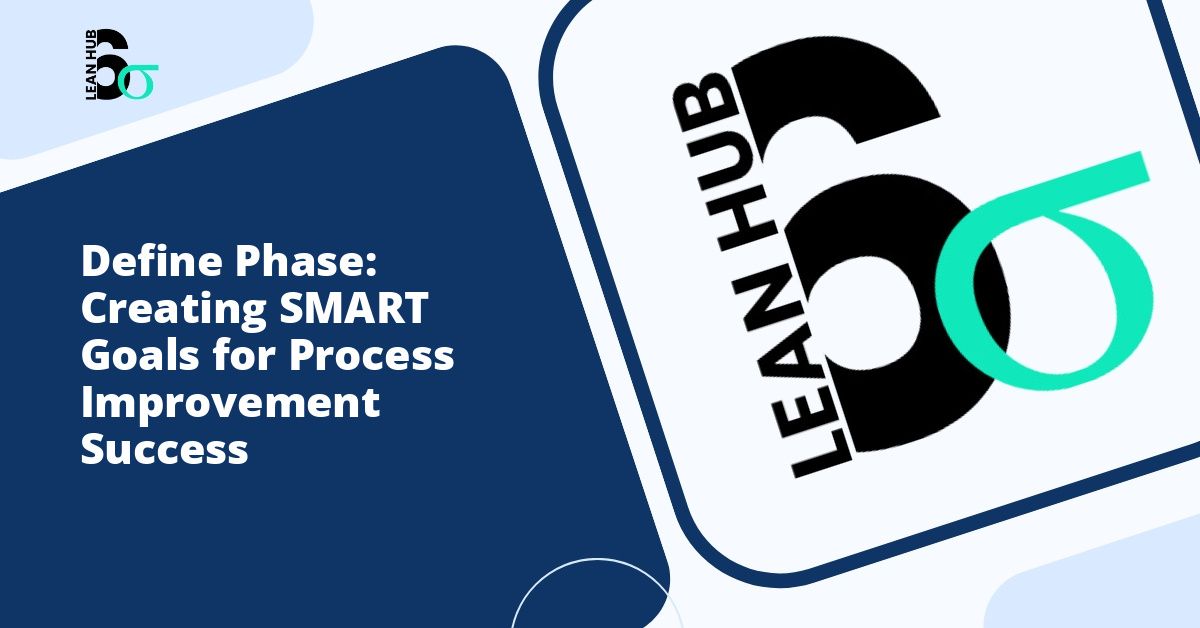In the world of quality improvement and process optimization, understanding what customers truly need stands as the cornerstone of successful implementation. The Voice of Customer (VOC) represents a critical component of Lean Six Sigma methodology, serving as the foundation upon which all improvement efforts are built. Organizations that master the art of capturing and interpreting customer needs position themselves for sustainable competitive advantage and long-term success.
Understanding Voice of Customer in Six Sigma Context
Voice of Customer refers to the process of capturing customer requirements, preferences, expectations, and aversions. Within the framework of Lean Six Sigma, VOC plays an instrumental role during the recognize phase, where project teams identify opportunities for improvement and define project scope. This systematic approach to gathering customer feedback ensures that improvement initiatives align with actual customer needs rather than assumptions or internal preferences. You might also enjoy reading about How Long Should the Define Phase Take? A Complete Timeline and Planning Guide.
The integration of VOC into Six Sigma projects transforms abstract customer desires into measurable, actionable specifications. These specifications, often called Critical to Quality (CTQ) characteristics, guide project teams throughout the DMAIC (Define, Measure, Analyze, Improve, Control) cycle. Without accurate VOC data, even the most well-executed Six Sigma projects risk solving the wrong problems or implementing solutions that fail to resonate with customers. You might also enjoy reading about 5 Critical Mistakes Teams Make in the Define Phase and How to Avoid Them.
The Seven Proven Methods to Capture Customer Needs
1. Structured Surveys and Questionnaires
Surveys remain one of the most scalable and cost-effective methods for gathering Voice of Customer data. Well-designed questionnaires can reach large customer populations and generate quantifiable data that supports statistical analysis. The key to successful surveys lies in crafting questions that elicit specific, actionable responses rather than vague impressions. You might also enjoy reading about How to Write a Lean Six Sigma Project Charter: Step-by-Step Guide with Examples.
When implementing surveys within Lean Six Sigma projects, teams should focus on both satisfaction metrics and specific performance indicators. Questions should address not only what customers like or dislike but also the relative importance of various product or service attributes. This prioritization helps teams focus improvement efforts on factors that matter most to customers.
2. In-Depth Customer Interviews
Personal interviews provide rich, qualitative insights that surveys often miss. Through one-on-one conversations, project teams can explore the context behind customer preferences, uncovering underlying needs that customers themselves may not initially articulate. These discussions allow for follow-up questions and clarification, leading to deeper understanding of customer requirements.
During the recognize phase of Lean Six Sigma initiatives, interviews with key customers or customer segments can reveal pain points and opportunities that quantitative data alone might obscure. The narrative information gathered through interviews helps teams understand not just what customers want but why they want it, providing crucial context for solution development.
3. Focus Groups
Focus groups bring together small groups of customers to discuss their experiences, needs, and expectations in a moderated setting. This method leverages group dynamics to generate ideas and perspectives that might not emerge in individual interviews. Participants often build upon each other’s comments, leading to insights that benefit the entire project team.
For Six Sigma practitioners, focus groups serve as an excellent tool for testing assumptions and validating findings from other VOC collection methods. They provide a forum for exploring complex issues and observing how customers prioritize competing needs. The interactive nature of focus groups also helps identify consensus views versus outlier opinions.
4. Direct Observation and Ethnographic Research
Sometimes customers cannot articulate their needs because they have become so accustomed to existing processes or workarounds. Direct observation involves watching customers interact with products or services in their natural environment. This ethnographic approach reveals unspoken needs and identifies friction points that customers may not consciously recognize.
Within Lean Six Sigma projects, observational research during the recognize phase can uncover waste, inefficiency, and customer frustration that other methods miss. Teams can observe body language, workflow patterns, and workarounds that signal opportunities for improvement. This method proves particularly valuable when dealing with complex processes or when customers struggle to verbalize their experiences.
5. Customer Complaint and Feedback Analysis
Existing customer feedback channels provide a treasure trove of Voice of Customer data. Analyzing complaints, support tickets, product returns, and online reviews offers insights into what frustrates customers and where current offerings fall short. This reactive data complements proactive collection methods and highlights urgent issues requiring attention.
Six Sigma teams should systematically categorize and analyze complaint data to identify patterns and recurring themes. Text analytics tools can help process large volumes of feedback, while Pareto analysis can prioritize issues based on frequency and impact. This method not only informs current projects but also helps organizations establish baseline metrics for measuring improvement.
6. Customer Journey Mapping
Customer journey mapping visualizes the complete experience customers have when interacting with an organization across all touchpoints. This method identifies moments of truth where customer perceptions are shaped and opportunities exist to exceed expectations or eliminate pain points. Journey maps integrate VOC data from multiple sources into a cohesive narrative.
In Lean Six Sigma applications, journey mapping helps teams understand how individual process improvements fit into the broader customer experience. This holistic view prevents suboptimization, where improvements in one area inadvertently create problems elsewhere. Journey maps also facilitate cross-functional collaboration by illustrating how different departments impact customer satisfaction.
7. Social Media Listening and Online Analytics
Modern customers increasingly voice their opinions through social media platforms, online reviews, and digital communities. Social listening tools enable organizations to monitor these conversations at scale, capturing unsolicited feedback that reflects genuine customer sentiment. This method provides real-time insights into emerging issues and trending topics.
For organizations implementing Lean Six Sigma methodologies, social media monitoring offers a continuous stream of Voice of Customer data. Unlike periodic surveys or scheduled interviews, social listening provides ongoing feedback that can trigger new improvement initiatives or validate the impact of completed projects. Web analytics and user behavior data complement social listening by revealing what customers do, not just what they say.
Transforming VOC Data into Actionable Requirements
Collecting Voice of Customer data represents only the first step. The true value emerges when teams translate this information into specific, measurable requirements that guide improvement efforts. This translation process typically involves several key activities.
First, teams must synthesize data from multiple sources to identify common themes and prioritize customer needs. Affinity diagrams help organize qualitative feedback into logical categories, while statistical analysis reveals patterns in quantitative data. Second, teams convert customer language into technical specifications using tools like Quality Function Deployment (QFD). This process ensures that customer needs directly link to process parameters and design features.
Third, teams establish metrics for each Critical to Quality characteristic, enabling objective measurement of improvement. These metrics become the basis for tracking progress throughout the Lean Six Sigma project lifecycle. Finally, teams validate their interpretation of VOC data by sharing findings with customers and confirming that proposed solutions address actual needs.
Best Practices for VOC Implementation
Successful Voice of Customer initiatives share several common characteristics. Organizations should employ multiple collection methods to gain comprehensive understanding, as each method reveals different aspects of customer needs. Combining quantitative and qualitative approaches provides both breadth and depth of insight.
Timing matters significantly in VOC collection. Gathering feedback immediately after customer interactions captures fresh impressions, while periodic assessments track changing needs over time. Teams should also segment customers appropriately, recognizing that different customer groups may have distinct requirements and priorities.
Most importantly, organizations must close the feedback loop by communicating to customers how their input influenced improvements. This practice demonstrates that customer voices are heard and valued, encouraging ongoing participation in VOC activities and strengthening customer relationships.
Conclusion
Voice of Customer serves as the essential starting point for effective Lean Six Sigma initiatives. By employing these seven proven methods to capture customer needs, organizations ensure that improvement efforts deliver genuine value rather than technical excellence in pursuit of irrelevant goals. The recognize phase sets the trajectory for entire projects, making accurate VOC collection a critical determinant of success. Organizations that master these techniques position themselves to consistently meet and exceed customer expectations while optimizing internal processes for maximum efficiency and effectiveness.








